QuestionTwo days ago Timber, my 5 year old male Siberian husky, attacked an injured small deer in my backyard. My family hired a dog sitter to monitor him and my Great Dane while we were out of town. Timber broke through the electric fence we have (he has only done this twice before, rarely ever) and attacked the small deer. When the dog sitter attempted to pull him away from the carcass he refused to leave and instead aggressively growled and snarled at her. He is normally aggressive with food but never to the extent of biting if someone went to take the food away. In the end, the dog sitter called Animal Control and they harnessed Timber and took him to the shelter for two days. The Animal Control director has recommended that as an owner I take into consideration putting the dog down. In the past the dog has caught small animals (bunnies, rabbits, etc.), but nothing like a deer. Also, about 2-3 weeks prior to the deer attack, Timber caught a raccoon in the backyard. I have grown concerned that he now has a "taste for blood" and the attacks will continue. Is this the nature of the husky breed, or have the attacks changed Timber's aggressive nature? My greatest concern is that the dog will have caught an animal and an unsuspecting neighbor will be in the middle of Timber and his prey. Any suggestions? Do I need to put my dog down?
AnswerFirst - no . . . you don't need to put your dog down.
Now that is out of the way, time to understand Siberians and the nature of dogs a little more in order to help you deal with this in the future.
Siberians are not normal dogs in a lot of ways, they are a "primitive breed" and while they are not wolves, they sometimes behave more like them. Siberians were bred to have a highly developed "prey" drive. Prey drive basically can be defined as a need to chase and kill things, and yes - eat them if they are hungry. This instinct was developed for two reasons - one, so the dog could survive on it's own, but moreover is that it allows the dog to develop a single-pointed focus. This was essential to running and sled pulling. If you've never seen a Sibe pull a sled, you are missing something. They are very effective at staring straight ahead and focusing on their job. This is the effect of their prey drive, but this also means they love to catch and kill small animals. This is also why Sibes are often bad companions for cats.
So, you have a normal dog in this regard. In fact, I am a little surprised that you are just now noticing this behavior in a 5 year old Sibe. My four year old female is our huntress and has been catching and killing things since she was about 5 months old. Our back yard is secured, but things that wonder in often don't get out. Most things she doesn't eat, but instead chases around, catches and "plays" with them. If you've ever seen a dog with a toy shaking it around and batting it, she does that with rodents she catches. We stopped keeping track, but she has probably killed somewhere around 20-30 small creatures in four years. Mostly possums, a few moles, rats, chipmunks, and at least one bird, maybe two. And there was a turtle we saved from her as she batted it around the driveway in the backyard.
There is no "taste for blood" problem that the dog will develop. Instead, make sure he is up to date on his shots, and try to keep an eye on him in the backyard, but know that things will happen. It only becomes problematic if the dog becomes aggressive to you (or other humans). The two have no relation. It would be like suggesting that a dog who kills rubber chickens by ripping their heads off will soon move to doing the same thing with small children.
Now, here is your one problem. A dog who catches and kills anything is the owner of that kill. It is a prize and even in wolf pack behavior, the catcher of the prey is the first to feed. If the omega dog kills something on her own, even the alpha can't challenge her right to it first. Therefore, these "kills" Timber makes are his - period. Of course, you probably don't want your dog feasting on a deer carcass for a few hours, so you have to find a way to get the carcass from him.
For Mika, we generally just trade up. A piece of cheese or peanut butter usually is sufficient. Once she leaves the animal for the treat, she gets her reward and an escort inside. Once inside, we then dispose of the animal. The thing you can't do is reach for the animal while the dog is protecting it. By doing so, you are inviting an attack, and it is a legitimate defense of the dog protecting what it earned. This is actually different from food aggression (which should be fixed) because the dog earned this kill - it was not given to him from you. If the dog is protective of his own food that you give, you should try to get over that because the dog can and should understand that food is given and can be taken away by you. However, you didn't give Timber the deer - he earned it and therefore it is a little different.
Now, I will say the deer issue is problematic - a piece of cheese is probably not going to be a good "trade" for the dog. However, this tactic should work for smaller kills. In fact, I know of one pack of three family Sibes who happened upon an injured adult deer and killed it. For two days they stayed in the back yard with it enjoying their feast. The owner, who never had problems with her family dogs, had to wait it out and as one dog moved from the carcass, she would clean them up and escort them inside. Once all three were in, the carcass was hauled off.
I hope that at least helps you understand things a little more, but feel free to write back with questions or additional concerns.

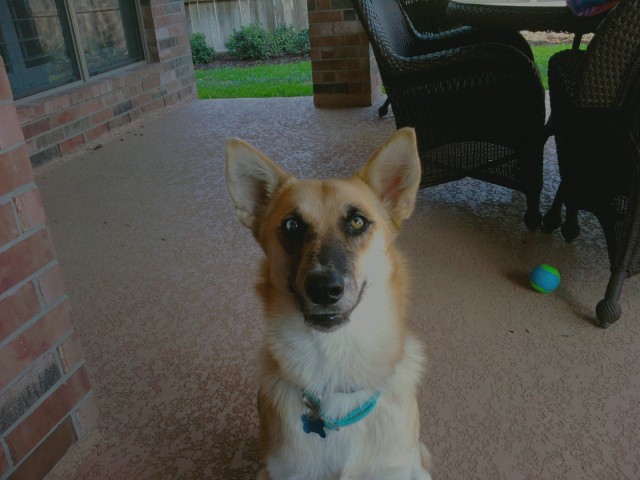 Wondering if my rescued husky mix is not a mix
Question
Ace
I adopted a 7 month old rescue abou
Wondering if my rescued husky mix is not a mix
Question
Ace
I adopted a 7 month old rescue abou
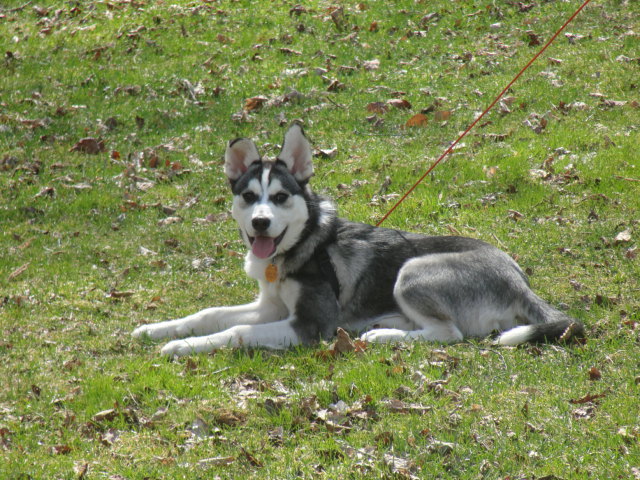 My 4 mo. old puppy
Question
Arkkan 4mo.old
I recently brought home my Sibe
My 4 mo. old puppy
Question
Arkkan 4mo.old
I recently brought home my Sibe
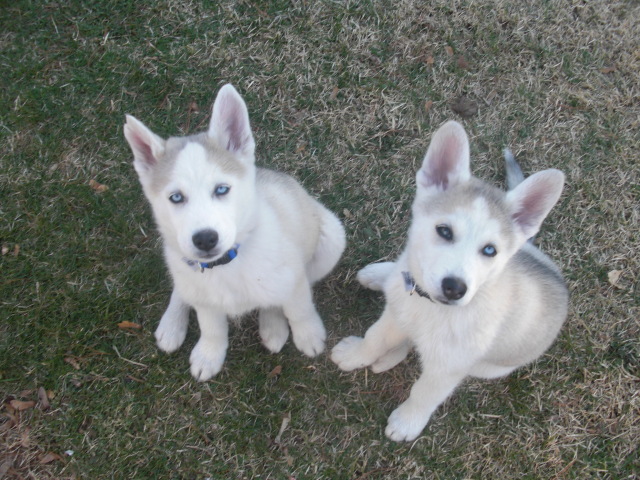 2 12 week old Husky brothers play/fighting
QuestionJasper & Sigmund
QUESTION: Two weeks
2 12 week old Husky brothers play/fighting
QuestionJasper & Sigmund
QUESTION: Two weeks
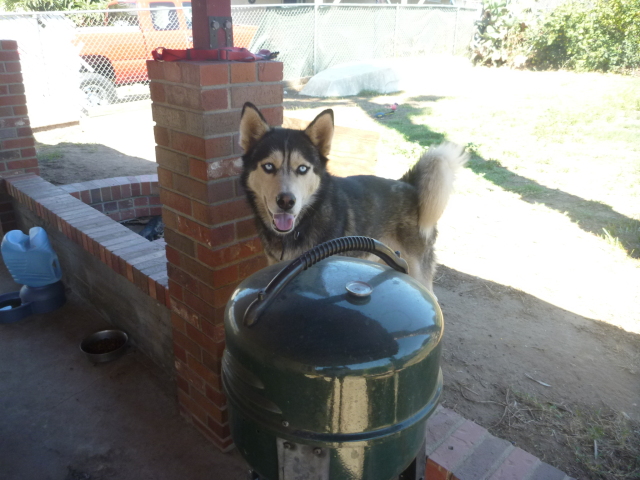 My husky and other dogs.
Question
Kona
My siberian husky, Kona, is 2years old an
My husky and other dogs.
Question
Kona
My siberian husky, Kona, is 2years old an
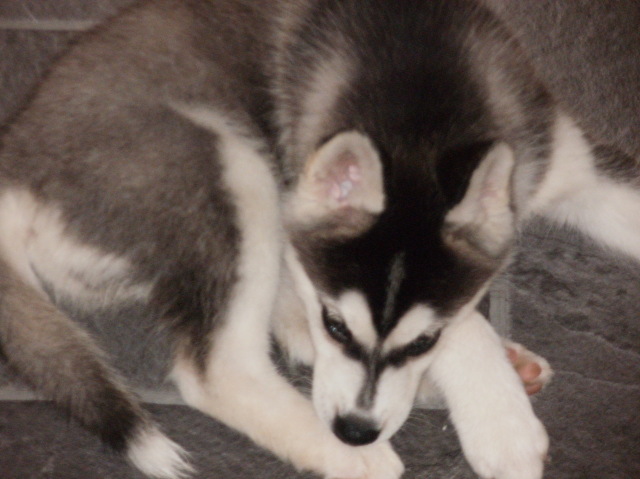 Bath Time
Question
Keiko
Hi we have a 14 week old Siberian named
Bath Time
Question
Keiko
Hi we have a 14 week old Siberian named